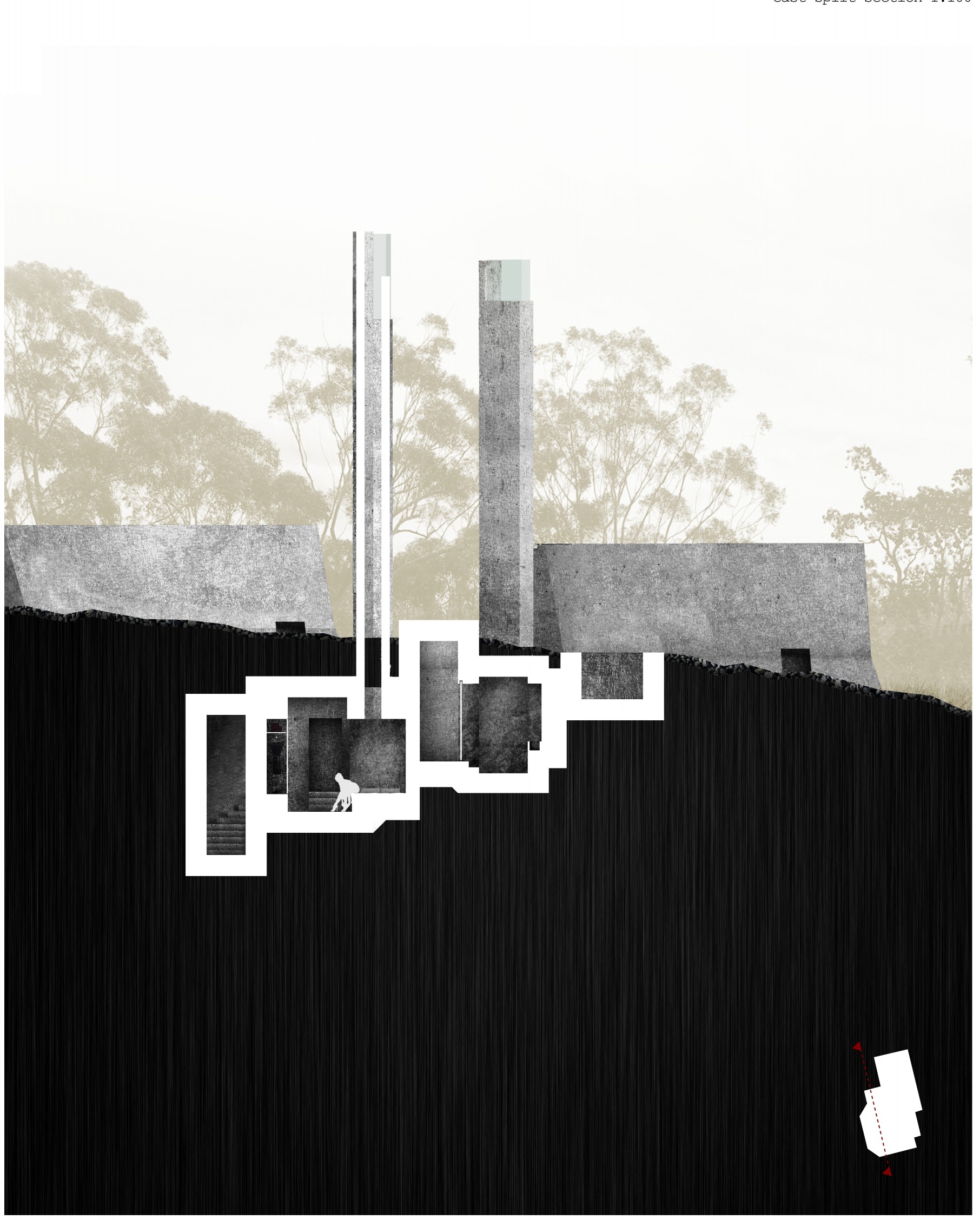We live in a highly visual world yet the information, the wavelengths that our eyes can process, comprises of a very narrow section of the electromagnetic spectrum, the so called visible wavelengths. Our eyes can sense three wavelengths red, green and blue (RGB), conventional cameras also have sensors for these wavelength. Hyperspectral cameras have sensors that can detect tens or evens hundreds of continuous bands of the electromagnetic spectrum providing an enormous amount of information about materials captured in the image.
A new hyperspectral imaging system within the Institute for Integrated and Intelligent Systems consists of three main components, i.e. lens, a hyperspectral filter, and a high sensitivity camera. The camera can detect from 400nm (ultraviolet light) to 1000nm (infrared light) at 10nm in spectral resolution. A control unit is connected to the filter to let the light in designated wavelength pass through to reach the camera. By scanning through the visible to infrared wavelength, grayscale images can be generated to form different bands of the hyperspectral image.
The technology has a wide variety of applications, such as remote sensing, military, mining, biology and medicine. Griffith researchers, mainly from the newly formed Environmental Informatics program, have been using it to determine different compositions in a soil sample, identify bruises within fruit, detect differences in vegetation as well as investigating an assortment of other applications for the technology.





So this equipment is fitted to aircraft? Satellites? Hot air balloons? Sorry, but I wish the article had been a little more in depth, it looks like interesting technology.